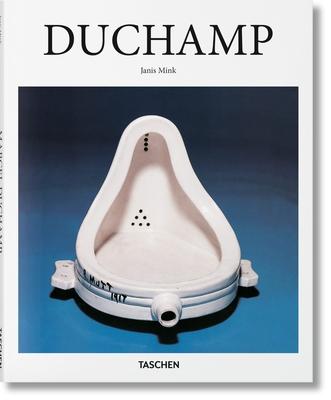When is a urinal no longer a urinal? When Marcel Duchamp (1887-1968) declared it to be art. The uproar that greeted the French artist's Fountain (1917), a porcelain urinal installed in a gallery, sent shock waves through the art world establishment that reverberate right through to today.
This essential introduction distills all the daring and the scandal of Duchamp's practice into one essential overview not only of a pioneering creative but also of a critical moment in Western culture. From his groundbreaking blend of abstraction, Cubism, and Futurism in Nude Descending a Staircase (1912) to his forays into the now-iconic "readymades" such as Bicycle Wheel (1913) and Bottle Rack (1914) we explore how Duchamp consistently challenged the notion of what art is and, in so doing, opened up a world of conceptual possibilities beyond the "retinal" experience.

When is a urinal no longer a urinal? When Marcel Duchamp (1887-1968) declared it to be art. The uproar that greeted the French artist's Fountain (1917), a porcelain urinal installed in a gallery, sent shock waves through the art world establishment that reverberate right through to today.
This essential introduction distills all the daring and the scandal of Duchamp's practice into one essential overview not only of a pioneering creative but also of a critical moment in Western culture. From his groundbreaking blend of abstraction, Cubism, and Futurism in Nude Descending a Staircase (1912) to his forays into the now-iconic "readymades" such as Bicycle Wheel (1913) and Bottle Rack (1914) we explore how Duchamp consistently challenged the notion of what art is and, in so doing, opened up a world of conceptual possibilities beyond the "retinal" experience.